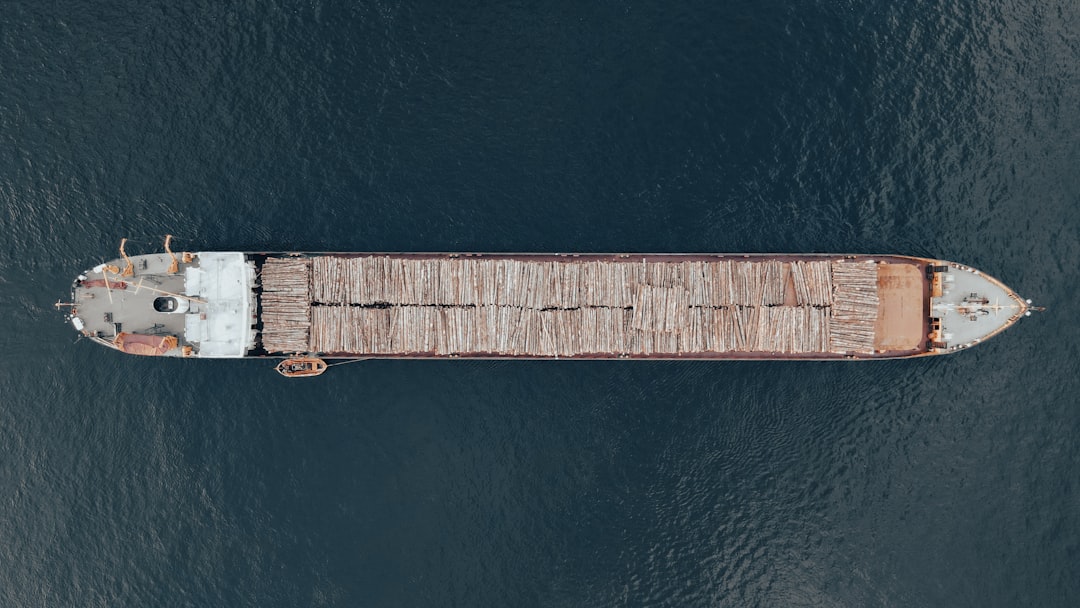What is it about?
Shale weathering occurs when rocks are exposed to water, atmospheric gases, and biological respiration. This process significantly affects the global carbon cycle and influences the atmospheric carbon dioxide (CO2) levels. Quantifying the net contribution of weathering to CO2 remains difficult because of the co-occurence of multiple biogeochemical mechanisms that consume or produce CO2 near the land surface. Here, we develop a numerical model to quantitatively interpret the controls of transient climate forcing and the net effect of weathering on CO2. We find that a small but substantial fraction of atmospheric CO2 is transferred to the subsurface during large infiltration events because of the temporal coupling between microbial respiration and carbonate weathering.
Featured Image

Photo by John Thoresen on Unsplash
Why is it important?
Our results show that the net carbon flux associated with shale weathering depends on seasonal climatic changes. In particular, we find that shale weathering acts as a net carbon sink where large infiltration events allow an efficient transfer of CO2 between the soil horizon and shale rock. Considering the sensitivity of carbon fluxes to seasonal climatic forcing, our findings indicate that warmer and drier conditions will reduce the potential of shale weathering to act as a CO2 sink.
Perspectives
Understanding and predicting feedbacks between weathering, atmospheric CO2 levels, and climate represent a formidable scientific challenge. Our work emphasizes the importance of physics-based models to quantify carbon terrestrial fluxes through the explicit description of the kinetics and thermodynamics of biogeochemical reactions as well as the transport of chemical species in the water and gas phases. We think that the integration of such mechanistic description into larger community model frameworks will allow to capture the complex interactions and feedbacks between evolving Critical Zone processes and to predict the cascading effect of global warming on the exchange of carbon between the atmosphere and the subsurface.
Lucien Stolze
Lawrence Berkeley National Laboratory
Read the Original
This page is a summary of: Climate forcing controls on carbon terrestrial fluxes during shale weathering, Proceedings of the National Academy of Sciences, June 2024, Proceedings of the National Academy of Sciences,
DOI: 10.1073/pnas.2400230121.
You can read the full text:
Contributors
The following have contributed to this page










